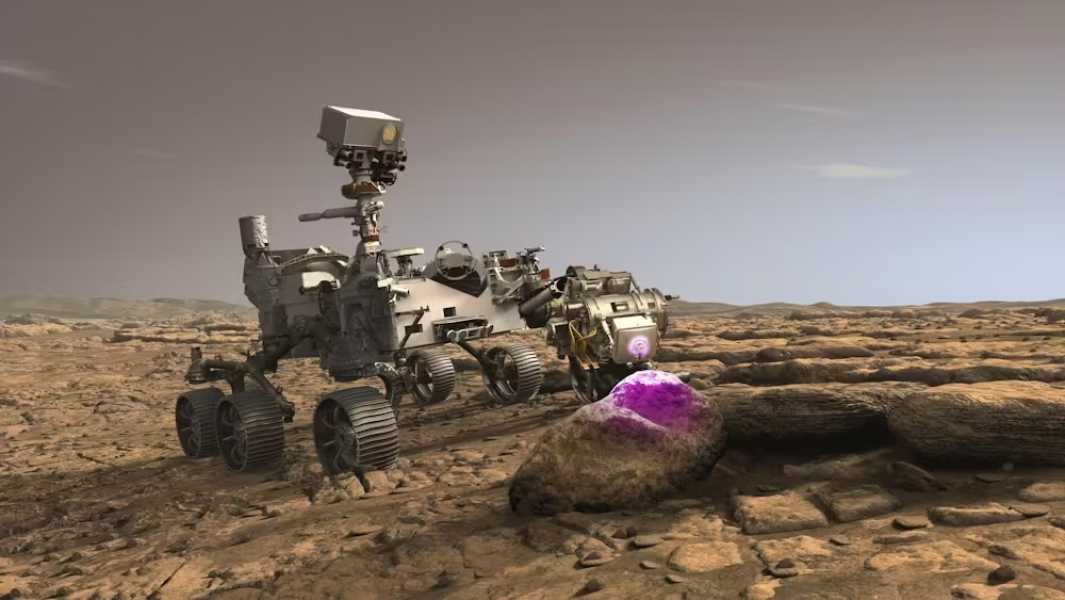
(Image credit: EB Adventure Photography via Shutterstock)
We are in an era of active space exploration. Researchers are accumulating a colossal amount of new information and scientific evidence at an unprecedented rate. However, the eternal question remains unanswered: are we alone in the Universe?
Advances in telescope technology, including space-based instruments like the James Webb Space Telescope, are revealing thousands of potentially habitable exoplanets that could support life similar to Earth.
Gravitational wave discoveries have opened up new possibilities for studying the cosmos, revealing distortions in space-time caused by black holes and supernovae millions of light years away.
Commercial space initiatives have greatly accelerated these advances, leading to the development of increasingly sophisticated spacecraft and reusable rockets, marking a new era in space exploration.
NASA's OSIRIS-REx mission has successfully landed on the asteroid Bennu, 207 million miles from Earth, and returned rock and dust samples.
Several countries have developed plans to place robots on the Moon and Mars and intend to send people to these celestial bodies in the future.
The driving force behind all these ambitious projects remains the fundamental question: whether there is – or has there ever been – life elsewhere in the Universe.
Definition of life
Defining life is a surprisingly difficult task. Although we intuitively understand that living organisms have life, the precise definition remains unclear. Dictionaries offer various descriptions, such as the ability to grow, reproduce, and respond to external stimuli.
However, even such definitions can be ambiguous.
A more complete definition views life as a self-sustaining chemical system that is capable of processing information and maintaining a state of low entropy with minimal disorder.
Living things constantly require energy to maintain their molecular structure and highly organized functions. Without this energy, life would quickly descend into chaos. This definition embraces the dynamic and complex nature of life, emphasizing its ability to adapt and evolve.
Life on Earth as we understand it today is based on the interaction of DNA, RNA, and proteins. DNA acts as the blueprint for life, containing the genetic instructions needed for organisms to grow, survive, and reproduce. These instructions are converted into signals that direct the synthesis of proteins, the working units of the cell responsible for a variety of functions.
A complex system of DNA replication, protein synthesis and cellular processes based on long chains of molecules linked by carbon atoms is fundamental to life on our planet. However, there may be life forms in the Universe that are built on completely different principles and biochemistry.

What
Sourse: www.livescience.com





